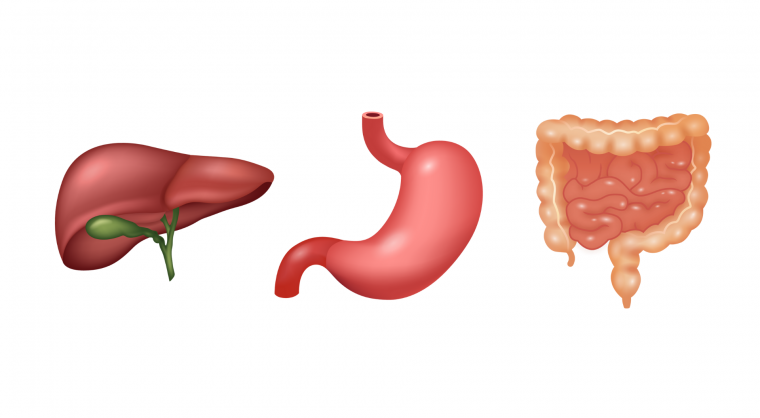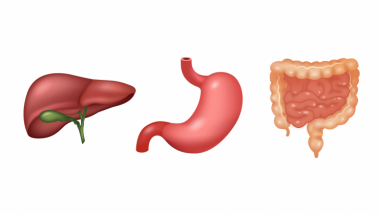Emojis are a universal form of communication and part of our everyday life, yet critical human organs are missing from our emoji keyboards. You can help change that!
AGA has partnered with Dr. Shuhan He from Massachusetts General Hospital who is leading a charge to submit 10 medical emojis to the Unicode Consortium for consideration this spring. This submission follows his success in 2019 making anatomical heart and lung emojis available worldwide on Apple iOS, Windows and Android devices.
We support the medical emoji movement and are fierce advocates for digestive tract emojis.
“We believe that this simplified communication method using the pictographic symbol would have a widespread impact on population health,” wrote AGA President John Inadomi in a letter of support to the Unicode Consortium. “It is an opportunity to promote tolerance, inclusion and education about the digestive tract in a modern, accessible, and international way.”Our emoji candidates
Stomach emoji – As of 2015, the direct economic impact of gastroesophageal reflux disease (GERD) was approximately $18 billion, and indirect costs estimated to be $75 billion. If left untreated or undertreated, GERD can progress to gastric or esophageal carcinoma. Though the stomach is often considered a simple muscular sac for digestion, it has a very broad and physiologically important role in the body.
Liver emoji – Liver disease causes two million deaths per year worldwide, making it the eleventh most common cause of death globally. Liver disease is a worldwide problem that affects patients of all demographics and its causes are often modifiable.
Intestine and colon emoji – Because the colon, rectum and intestine are often stigmatized, this emoji can be instrumental in helping normalize the conversation around associated diseases and raise awareness where population-wide screening is already recommended.
Show your support
The Unicode Consortium is a standards-setting organization and leans on consensus. The more support these candidates gain, the better our chances they join the emoji keyboard.
Here’s how you can help:
- Like and retweet our pinned post on Twitter to show your support for the stomach, liver and intestine emoji.
- Comment on the tweet with feedback for each emoji to ensure they are anatomically correct.
- Follow the hashtag #medicalemoji on Twitter and cheer for the GI tract emoji along the way.

10 medical emoji candidates
These are the 10 emoji candidates Dr. He is submitting to the Unicode Consortium this Spring.
















